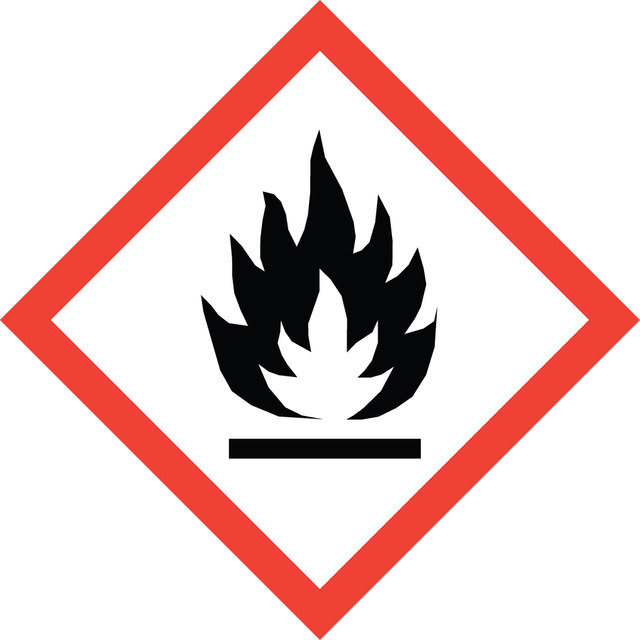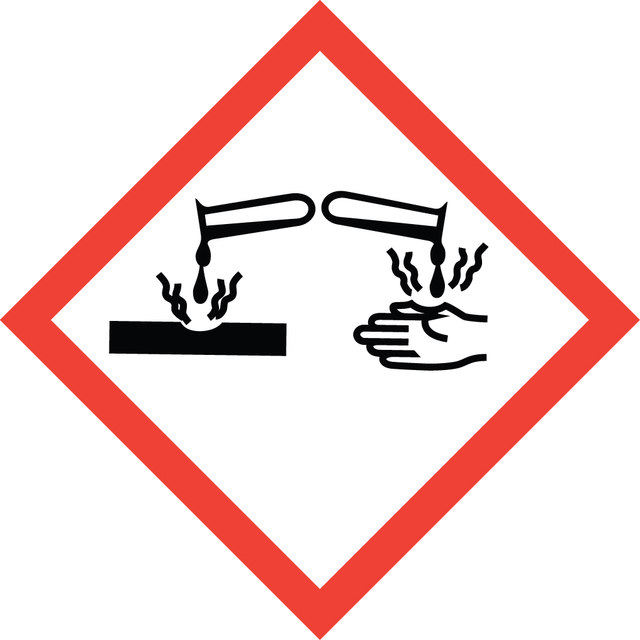Select a Size
About This Item
Product Name
Propionic acid, ACS reagent, ≥99.5%
grade
ACS reagent
Quality Level
vapor density
2.55 (vs air)
vapor pressure
2.4 mmHg ( 20 °C)
Assay
≥99.5%
form
liquid
autoignition temp.
955 °F
expl. lim.
12.1 %
analyte chemical class(es)
amino acids
impurities
≤0.002% Carbonyl compounds
≤0.10% Readily oxidizable substances (as HCOOH)
≤0.15% water
evapn. residue
≤0.01%
color
APHA: ≤20
refractive index
n20/D 1.386 (lit.)
bp
141 °C (lit.)
mp
−24-−23 °C (lit.)
solubility
H2O: soluble
density
0.993 g/mL at 25 °C (lit.)
cation traces
heavy metals (as Pb): ≤0.001%
functional group
carboxylic acid
SMILES string
CCC(O)=O
InChI
1S/C3H6O2/c1-2-3(4)5/h2H2,1H3,(H,4,5)
InChI key
XBDQKXXYIPTUBI-UHFFFAOYSA-N
Looking for similar products? Visit Product Comparison Guide
Related Categories
General description
Application
Signal Word
Danger
Hazard Statements
Precautionary Statements
Hazard Classifications
Eye Dam. 1 - Flam. Liq. 3 - Skin Corr. 1B - STOT SE 3
Target Organs
Respiratory system
Storage Class Code
3 - Flammable liquids
WGK
WGK 1
Flash Point(F)
129.2 °F - closed cup
Flash Point(C)
54 °C - closed cup
Personal Protective Equipment
Regulatory Information
Choose from one of the most recent versions:
Already Own This Product?
Find documentation for the products that you have recently purchased in the Document Library.
Our team of scientists has experience in all areas of research including Life Science, Material Science, Chemical Synthesis, Chromatography, Analytical and many others.
Contact Technical Service

